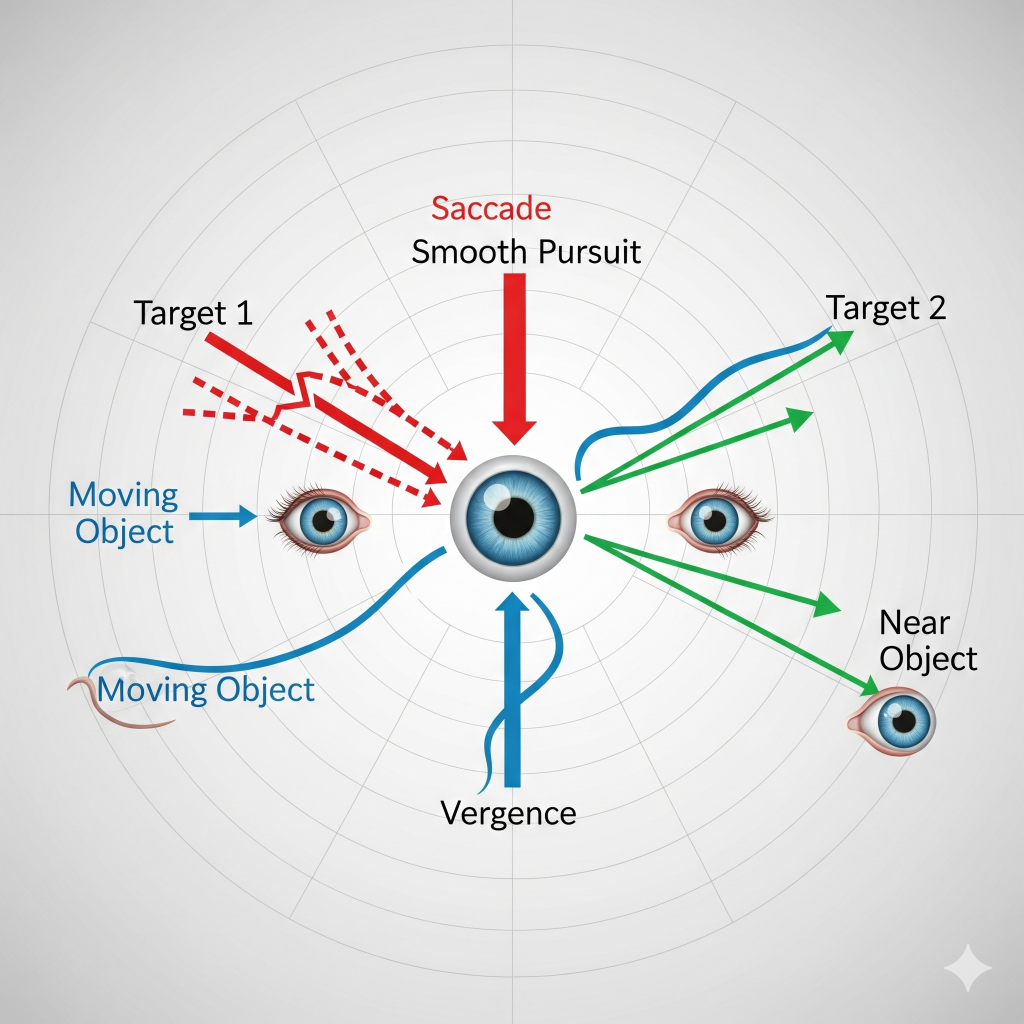
Blinking is one of the most frequent yet overlooked actions we perform, typically occurring 10 to 20 times per minute. While it may feel automatic, blinking plays a vital role beyond simple eye maintenance. Recent research shows blinking is not just about protection, it temporarily reorganizes how visual information is processed, enhancing our ability to perceive subtle or gradually changing patterns more clearly.
At its core, each blink spreads fresh tear film, comprised of water, oil, and mucus, across your eyes. This ensures proper lubrication, removes irritants like dust and debris, and provides a protective cleansing action. This moisture layer also delivers essential oxygen and nutrients to the cornea, maintaining optical clarity and overall eye health.
Blinking is not only about keeping our eyes healthy, it also serves as a visual reset. Studies show that blinks help reformat visual input, boosting signal strength and improving how the brain responds to visual stimuli. In essence, that tiny blink gives your visual system a moment to refocus, strengthening how you perceive moving or changing scenes.
When we focus intently, especially on screens, our blink rate drops dramatically from about 14 to 17 blinks per minute down to as few as 5 per minute. This reduction can result in dry, irritated eyes, a hallmark of computer vision syndrome. Counteracting this means incorporating intentional blinking and habits like the 20 20 20 rule, which encourages people to look at something 20 feet away for 20 seconds every 20 minutes to reset both vision and blink rate.
Blinking habits can be improved through simple exercises. For instance, performing a 10 second blinking routine every 20 minutes over a few weeks has been shown to significantly reduce dry eye symptoms and increase the completeness of blinks. This demonstrates that blinking is not just reflexive, it can be trained to boost eye comfort and tear film stability.
To reap the benefits of more frequent blinking, try setting reminders to pause and do a deliberate blink exercise by closing, pausing, gently squeezing, then opening and relaxing. Pair blinking with everyday tasks, such as after sending an email, take a full blink or do several in a row. Complement blinking with supportive practices like maintaining good humidity, using lubricating drops if needed, and taking regular screen breaks. Ultimately, improving blinking is not only about eye comfort, it is also about enhancing visual clarity, reducing fatigue, and preserving long term eye health.